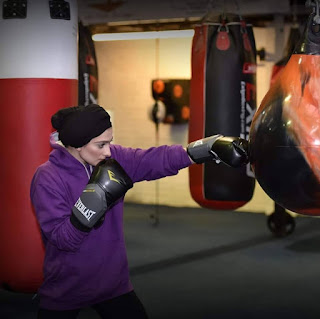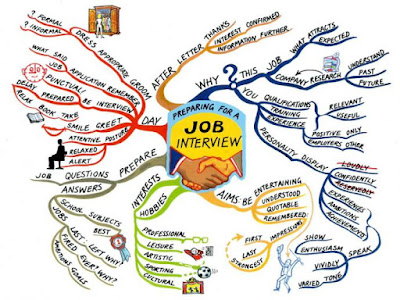Feeding my dog: a biomechanics tour
Every morning I feed my dog, Lucio, two scoops of food before I leave for school. The food is next to his bowl with the scoop inside the bag. I start at a standing position and end squatting down in front of his food bowl. In order to get down closer to his food bowl and to reduce strain on my lower back, I flex my knees and plantar flex my feet to position myself into a “squat”. This motion is a closed kinematic chain because the distal segment is fixed, my feet to the ground and the proximal segment moves, my trunk and arms, to feed my dog. The movement at the knee is flexion because the angle between the two bones decreases and it occurs around a frontal axis and in the sagittal plane.
Before I am able to scoop the food, I grasp the measuring cup with my right hand, flexing my fingers about a frontal axis and in the sagittal plane. Radial deviation then occurs around the sagittal axis and in the frontal plane in order to me to scoop the food into the measuring cup. Once the food is in the measuring cup, I have to make sure the measuring cup is over top of the food bowl so I extend my elbow in the sagittal plane and about a frontal axis and then I am able to rotate my wrist in the frontal plane and about the sagittal axis to tip the measuring cup over.
The knee joint is a hinge joint with one degree of freedom. Inside the knee joint, the medial and lateral condyles of the femur are convex while the medial and lateral tibial condyles are concave. The roll and slide are in opposite directions according to the convex/concave rule. The femur rolls anteriorly while it slides posteriorly to remain in contact with the tibia at all times. In order to flex the knees, the hamstrings (biceps femoris, semimembranosus, semitendinosus) need to contract concentrically.



Comments
Post a Comment